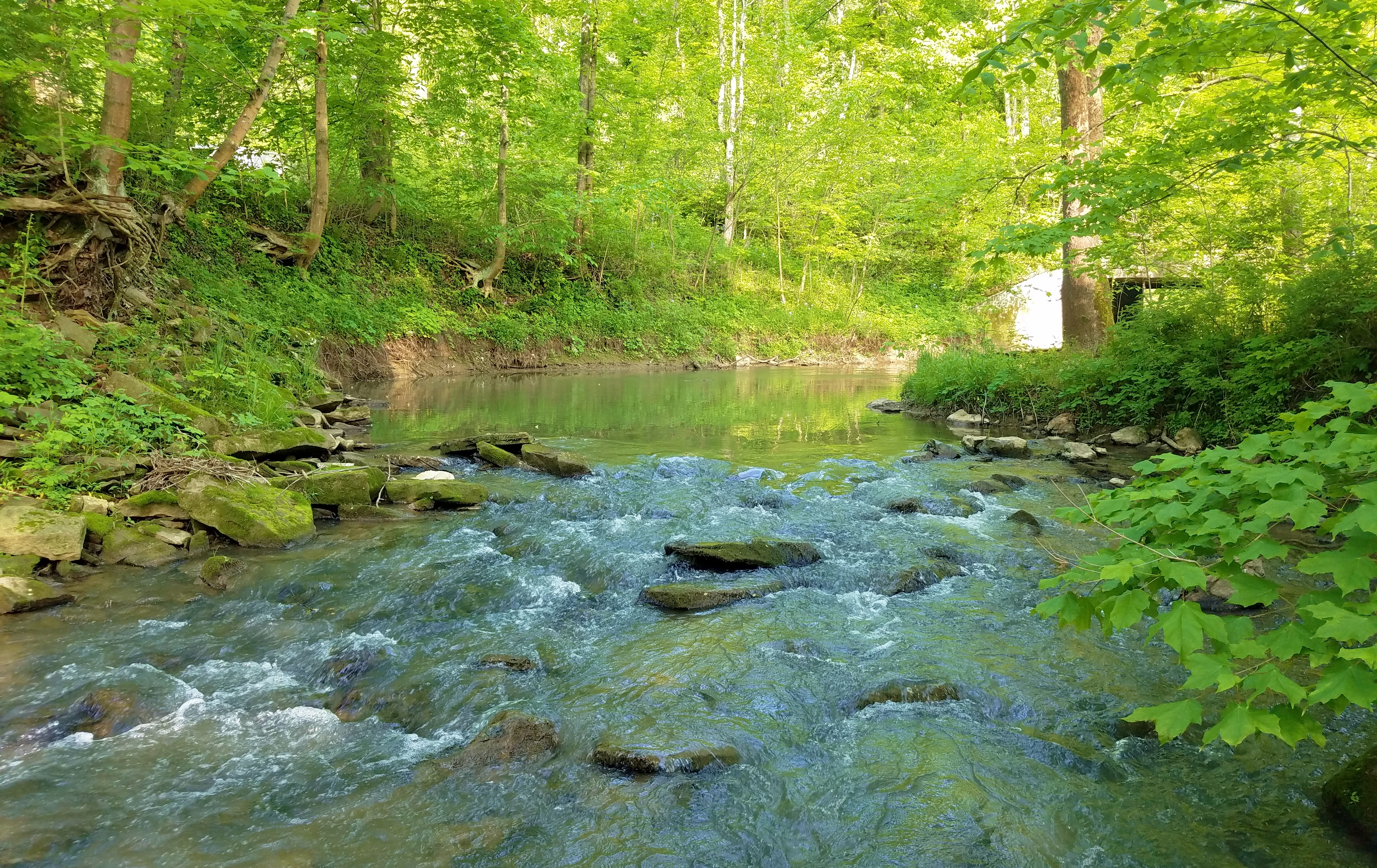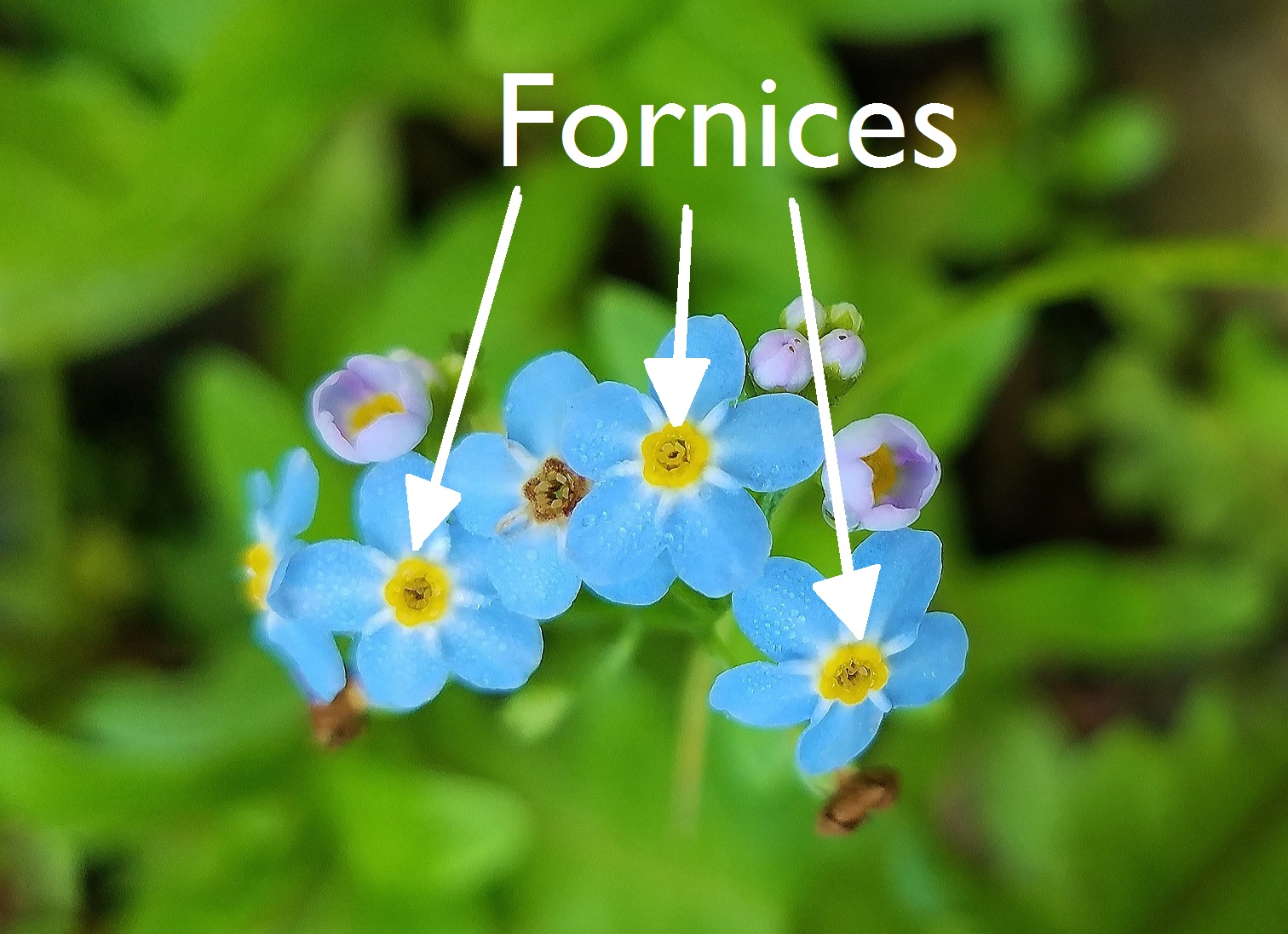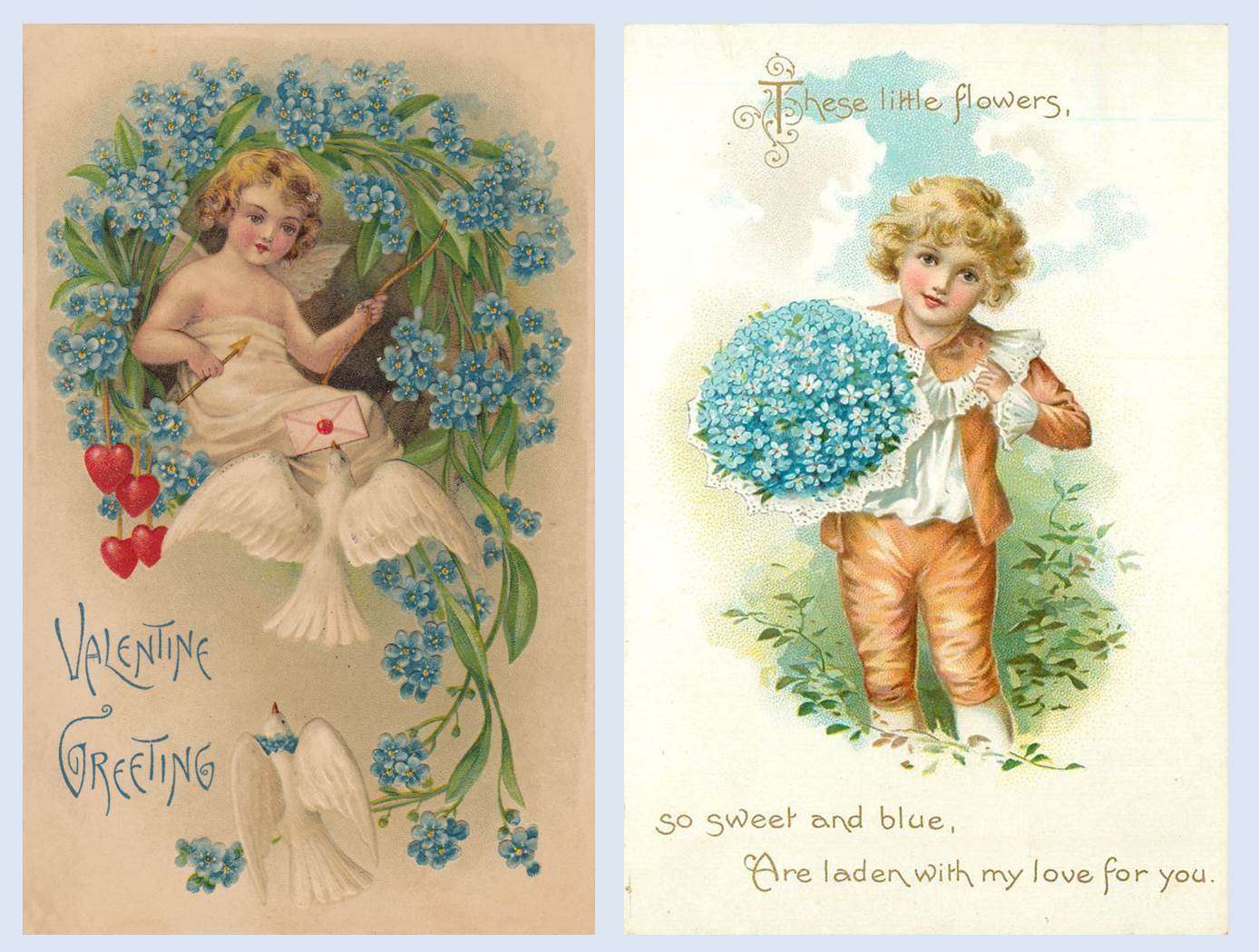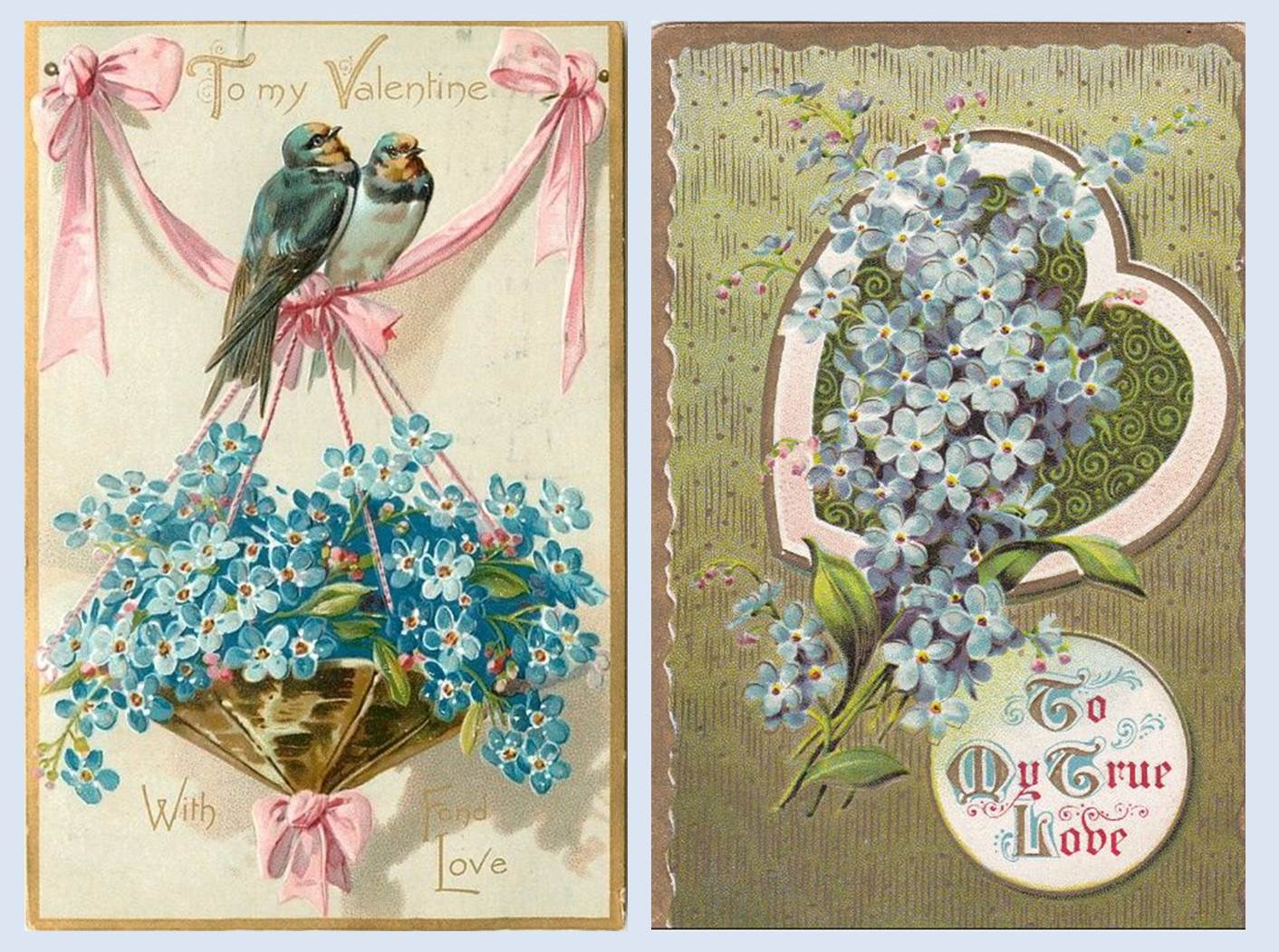Blog

#bioPGH: Forget-me-nots
 A resource of Biophilia: Pittsburgh, #bioPGH is a weekly blog and social media series that aims to encourage both children and adults to reconnect with nature and enjoy what each of our distinctive seasons has to offer.
A resource of Biophilia: Pittsburgh, #bioPGH is a weekly blog and social media series that aims to encourage both children and adults to reconnect with nature and enjoy what each of our distinctive seasons has to offer.
This weekend, while poking around Tenmile Creek in Morris Township, I spotted a group of the tiniest blue flowers. Upon closer inspection, they appeared to be straight from the pages of a fairy tale world—their perfect little blue petals sprinkled with droplets of water, and an open face that seemed to invite the presence of pixies and gnomes. Forget-me-nots! Though delicate in appearance, these tough little blooms have also been the emblems of embattled English kings like Henry IV, and the alpine forget-me-not is the state flower of Alaska—a region famed for rugged terrain and a need for endurance. There must have been more to this little fairy friend than met the eye. Let’s explore!
Forget-me-nots is the colloquial name for a group of approximately seventy different species of flowering plants, common across Europe, Asia, and North America. What I saw this weekend were “water forget-me-nots,” Myosotis scorpioides. Introduced from Eurasia, these little ones are rarely more than 15-30 cm (6-12 inches) tall, and their blooms are 3-7 mm across (usually ¼ inch or less). Water forget-me-nots are typically found along riverbanks or near wetlands and ponds, like where I found them. Their most common pollinators are hoverflies, bees, butterflies, and moths, and they are tolerant of disturbed landscapes.

The water forget-me-nots I found this past weekend came from the bank on the left in this image.
A common (though not universal) trait of forget-me-nots, and other flowers within their plant family Boraginaceae, is the presence of fornices (singular: fornix). Fornices are a series of “scales” that form a ring around the base of the petals. Contrasting against the blue of forget-me-not-petals, fornices can be a range of yellow shades. In some species, the color of the fornix ring is an indicator to potential pollinators of the quality or age of pollen, and this may be the case in forget-me-nots as well.

Though forget-me-not flowers are tiny, the plants have been a historic symbol of endurance or resilience. Indeed, they will bloom all summer, from now until mid-late August. Notably for Pittsburgh residents, forget-me-nots are deer-resistant, and though tiny, the plants have defensive hairs on the stems (a common trait in Boraginaceae family) which can be irritating to the touch.

Itchy hairs on the stems aside, forget-me-nots earned a special place on Victorian Valentine’s because their resilient little plants evoked the idea of enduring love and romance. Credit: Pinterest
If you see any forget-me-nots while exploring outdoors, and you would like to identify the species, be sure to take a look at the stem and leaves. They can provide the clues you need as you look up characteristics. If you are stumped, let the iNaturalist community help!
Connecting to the Outdoors Tip: Water forget-me-nots are common in our area - they are mostly likely to be found near streams, pond, or wetland.
Continue the Conversation: Share your nature discoveries with our community by posting to Twitter and Instagram with hashtag #bioPGH, and R.S.V.P. to attend our next Biophilia: Pittsburgh meeting.
Resources
Toronto Botanical Garden Nerd –Botanical Word: Fornix
Myosotis scorpioides – Missouri Botanical Garden

Bonus Valentines! Credit: Pinterest

